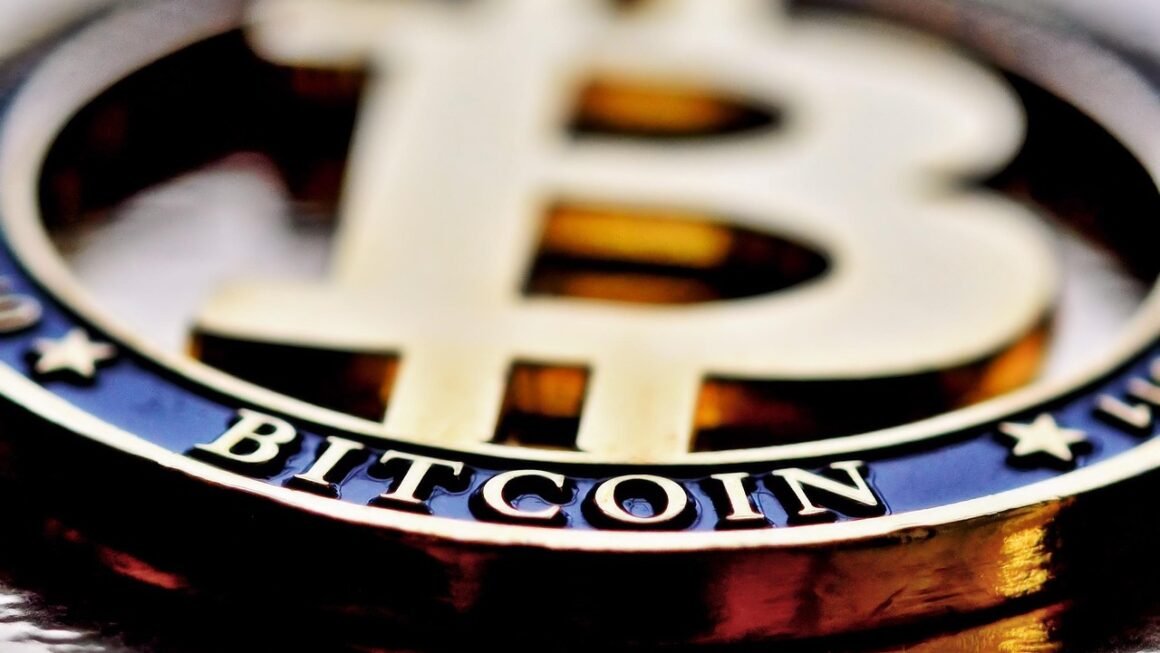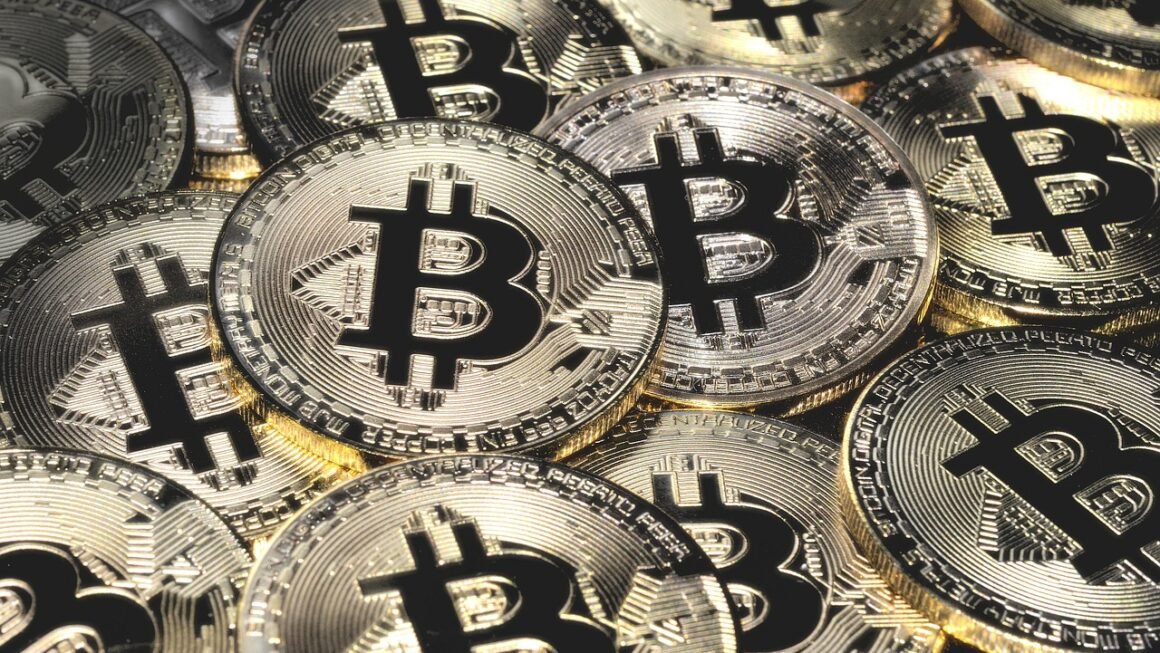Imagine owning the original digital painting of the Mona Lisa, not a print, not a copy, but the verifiable original. That’s the power Non-Fungible Tokens (NFTs) offer. They’re revolutionizing digital ownership and opening up new avenues for creators, collectors, and investors alike. This guide will demystify NFTs, explaining what they are, how they work, and their potential impact on various industries.
What are Non-Fungible Tokens (NFTs)?
Defining Non-Fungibility
An NFT is a unique digital asset representing ownership of a real-world item or digital content. The term “non-fungible” means that each token is unique and irreplaceable. Unlike fungible items like Bitcoin, where one Bitcoin is equivalent to another, each NFT is distinct and carries its own unique value. Think of it like a trading card: while many copies of the same card might exist, only one is the original or a numbered variant, making it more valuable.
- Key Characteristics of NFTs:
Uniqueness: Each NFT is distinct and cannot be replicated.
Indivisibility: NFTs cannot be divided into smaller units; you can’t own “part” of an NFT.
Verifiability: Ownership and authenticity are recorded on a blockchain, making it easy to verify.
Scarcity: Creators can limit the number of NFTs created, driving up demand and value.
The Technology Behind NFTs: Blockchain
NFTs exist on a blockchain, a decentralized digital ledger that records all transactions. This ensures transparency, security, and immutability. The most popular blockchain for NFTs is Ethereum, but other blockchains like Solana, Tezos, and Cardano are also gaining traction.
- How Blockchain Supports NFTs:
Secure Ownership: Blockchain technology secures the record of ownership, making it difficult to counterfeit or steal NFTs.
Transparency: All transactions are publicly recorded on the blockchain, allowing anyone to verify the NFT’s history and provenance.
Decentralization: No single entity controls the blockchain, making it resistant to censorship or manipulation.
Smart Contracts: Smart contracts, self-executing agreements written into the blockchain, can automate the process of buying, selling, and transferring NFTs.
Use Cases for NFTs: Beyond Digital Art
While digital art is the most well-known application of NFTs, the possibilities extend far beyond collectibles. NFTs can represent virtually anything that can be uniquely identified and owned.
Digital Art and Collectibles
This is where the NFT revolution began. Artists can tokenize their work and sell it directly to collectors, cutting out intermediaries and retaining a larger share of the profits. Collectors gain verifiable ownership of unique digital assets.
- Examples:
Beeple’s “Everydays: The First 5000 Days” sold for $69 million, showcasing the potential value of digital art NFTs.
CryptoPunks, a collection of 10,000 unique pixelated characters, are highly sought-after collectibles.
Bored Ape Yacht Club, a collection of ape-themed avatars, has become a status symbol in the NFT world.
Gaming and Virtual Worlds
NFTs can be used to represent in-game items, characters, and virtual land. Players can truly own these assets and trade them freely within the game or on external marketplaces.
- Examples:
Decentraland and The Sandbox are virtual worlds where users can buy, sell, and develop virtual land represented by NFTs.
Axie Infinity allows players to earn cryptocurrency by breeding and battling digital creatures called Axies, which are also NFTs.
Cosmic Champs is an upcoming play-to-earn game built on the Algorand blockchain that utilizes NFTs to represent player assets.
Music and Entertainment
NFTs offer musicians and other entertainers new ways to connect with fans and monetize their work. They can sell unique tracks, albums, or even experiences as NFTs.
- Examples:
Kings of Leon released their album “When You See Yourself” as an NFT, offering fans exclusive perks and collectibles.
Individual musicians are using NFTs to crowdfund new projects and offer fans exclusive access to concerts and behind-the-scenes content.
Real Estate and Other Assets
The concept of tokenizing real-world assets is gaining traction. NFTs can represent ownership of real estate, cars, and other valuable items, making it easier to trade and transfer ownership.
- Examples:
Companies are exploring the use of NFTs to represent fractional ownership of real estate, allowing investors to own a share of a property.
NFTs can be used to verify the authenticity and provenance of luxury goods, such as watches and jewelry.
Buying, Selling, and Creating NFTs
NFT Marketplaces
NFT marketplaces are platforms where you can buy, sell, and discover NFTs. Some popular marketplaces include:
- OpenSea: The largest NFT marketplace, offering a wide variety of NFTs from different collections.
- Rarible: A community-governed marketplace that allows creators to mint and sell their NFTs.
- Foundation: An invite-only marketplace focused on showcasing high-quality digital art.
- SuperRare: Another curated marketplace featuring unique and rare digital artworks.
Creating Your Own NFT
Creating an NFT, also known as minting, involves uploading your digital asset to a blockchain and associating it with a unique token.
- Steps to Mint an NFT:
1. Choose a Blockchain: Ethereum is the most popular, but consider alternatives like Solana or Tezos for lower fees and faster transactions.
2. Select a Marketplace: Platforms like OpenSea, Rarible, and Mintable allow you to mint NFTs.
3. Connect Your Wallet: You’ll need a cryptocurrency wallet like MetaMask or Trust Wallet to pay for gas fees (transaction fees) and store your NFT.
4. Upload Your Asset: Upload your digital art, music, video, or other content.
5. Set a Price: Decide how much you want to sell your NFT for.
6. Mint Your NFT: Follow the platform’s instructions to mint your NFT.
Understanding Gas Fees
Gas fees are transaction fees required to execute actions on the blockchain, such as minting an NFT or transferring it to another wallet. Gas fees can fluctuate significantly depending on network congestion. Ethereum gas fees are often high, making it expensive to create and trade NFTs. Exploring blockchains with lower gas fees, like Solana or Polygon, might be beneficial for certain use cases.
- Tips for Managing Gas Fees:
Mint During Off-Peak Hours: Gas fees tend to be lower when network activity is lower.
Use a Gas Tracker: Websites like Etherscan provide real-time gas price estimates.
Consider Layer-2 Solutions: Layer-2 scaling solutions like Polygon can significantly reduce gas fees.
Risks and Challenges of NFTs
While NFTs offer exciting opportunities, it’s crucial to be aware of the associated risks and challenges.
Volatility and Speculation
The NFT market is highly volatile, and prices can fluctuate dramatically. Many NFTs are driven by hype and speculation, making them susceptible to price crashes.
- Tips for Navigating Volatility:
Do Your Research: Thoroughly research any NFT project before investing.
Diversify Your Portfolio: Don’t put all your eggs in one basket.
Invest What You Can Afford to Lose: The NFT market is risky, so only invest what you’re comfortable losing.
Consider Long-Term Value: Focus on projects with strong fundamentals and long-term potential.
Copyright and Intellectual Property Issues
The digital nature of NFTs raises complex copyright and intellectual property concerns. It’s important to ensure that you have the rights to create and sell an NFT based on a particular asset.
- Protecting Your Intellectual Property:
Register Your Copyrights: Registering your copyrights can help protect your intellectual property rights.
Use Watermarks: Add watermarks to your digital assets to prevent unauthorized use.
Monitor for Infringement: Regularly monitor online marketplaces for unauthorized copies of your work.
Environmental Concerns
Some blockchains, like Ethereum, consume a significant amount of energy, raising concerns about the environmental impact of NFTs. However, the Ethereum network is moving to a Proof-of-Stake model, which will significantly reduce its energy consumption. Additionally, many NFT projects are exploring more environmentally friendly blockchains.
- Sustainable NFT Practices:
Choose Eco-Friendly Blockchains: Consider using blockchains like Solana, Tezos, or Cardano, which have lower energy consumption.
Support Carbon Offset Initiatives: Some NFT projects donate a portion of their proceeds to carbon offset initiatives.
Conclusion
NFTs are transforming the digital landscape, offering new ways to own, trade, and interact with digital assets. While the market is still evolving, NFTs have the potential to revolutionize various industries, from art and gaming to music and real estate. By understanding the technology, exploring the use cases, and being aware of the risks, you can navigate the exciting world of NFTs and unlock its potential. Remember to approach NFTs with caution, conduct thorough research, and only invest what you can afford to lose. The future of digital ownership is here, and NFTs are paving the way.



